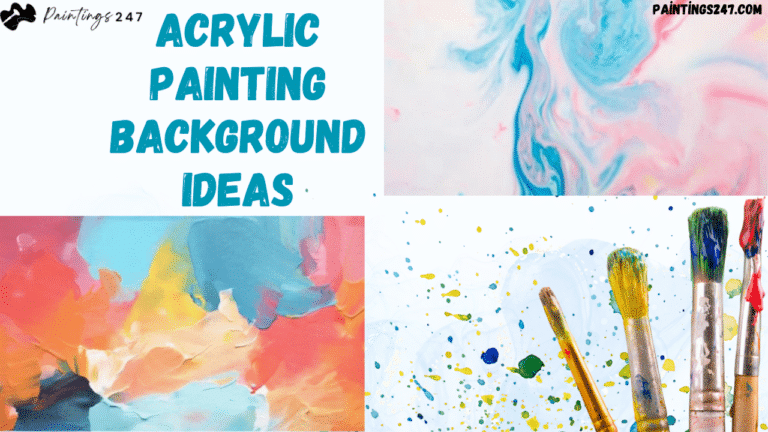Painting is not only an art but a way of expression by which a painter paints their emotions and feelings on a blank canvas and transforms them into stunning pieces of art. The background of the canvas holds significance as a captivating background can set the tone for any acrylic painting, enhancing both its depth and emotional impact. Backgrounds with acrylics provide endless possibilities, from textured effects to gradient transitions, offering artists the freedom to experiment with color, layering, and composition. By understanding how to apply paint effectively and exploring various acrylic painting techniques, you can develop striking backdrops that bring your central subject into sharper focus. Are you wondering how to create acrylic backgrounds in your art? Here’s a look at some versatile, easy acrylic painting background ideas for creating compelling backgrounds that can elevate any artwork.
Do You Like Acrylic paints?
What do you like most about acrylic paints? I like them because they are smooth and creamy and dry really fast. They also come in a variety of irresistible shades without breaking the bank, making them a favorite among artists of all levels. Here are some easy acrylic painting background ideas to make your backgrounds vibrant and eye-catching.
Gradient Backgrounds
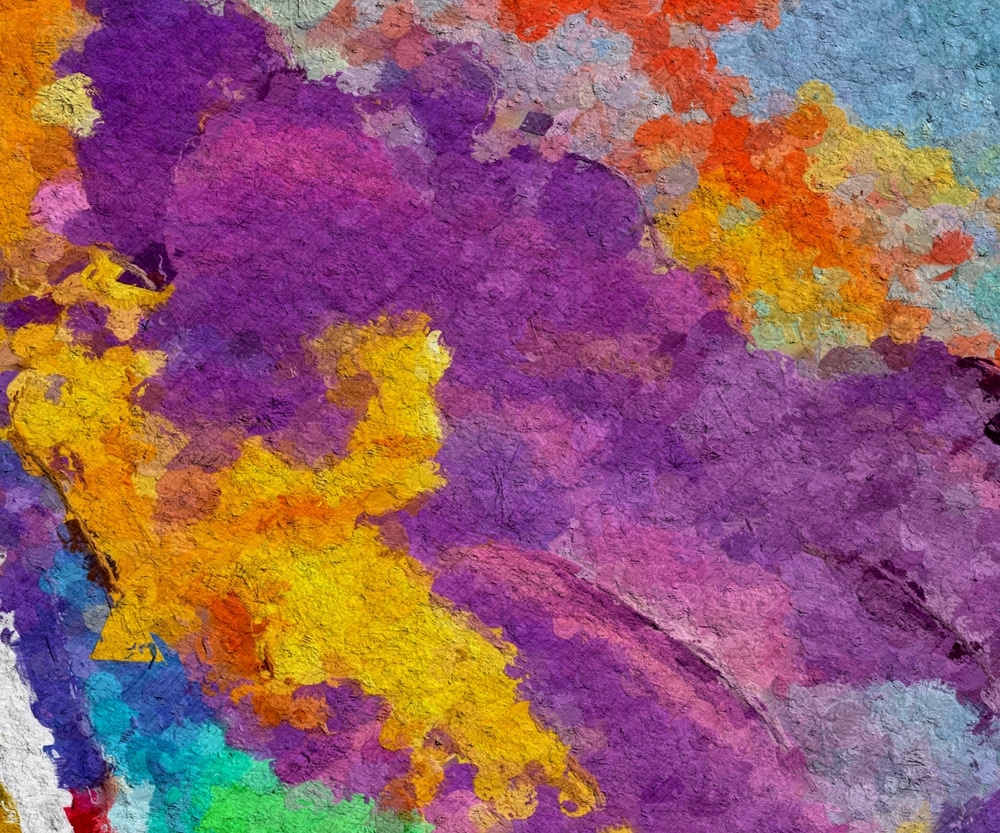
A gradient effect is one of the simplest ways to create a dynamic background with acrylics. Start by choosing two or three colors that blend well. To begin, apply small amounts of paint from one color at the top and gradually add the next color below, blending as you go. Use a sponge or a dry brush to smoothly transition colors across the canvas. For a more dramatic vibe, blend bolder colors like deep purple into dark teal. This creates a striking background that can make foreground elements pop.
Textured Backgrounds
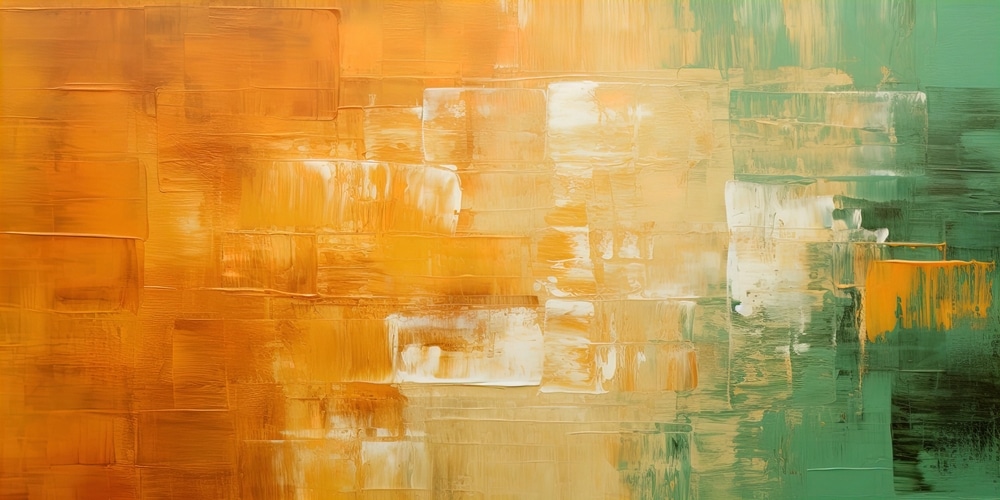
Creating texture with sponges is another fun acrylic painting technique. For this method, start with a thin layer of paint in a base color. While the paint is still wet, use a sponge dipped in a contrasting color and dab gently to add depth and variation. This painting technique is perfect for adding a rustic or natural feel to the background.
- Use a palette knife to apply thick acrylic paint in rough, random strokes. This technique creates a tactile surface and adds depth, ideal for abstract pieces.
- Sprinkle coarse salt or fine sand onto wet acrylic paint. Once dry, brush away the excess, leaving behind a subtle, grainy texture. This technique works well with earthy tones for a natural look.
Ombre Fade with Spray Bottle Technique
Lightly mist your canvas with water, then apply paint in varying shades, letting the colors blend as they dry. An ombre effect with soft edges adds a delicate background perfect for floral or wildlife scenes.
Splatter Effect
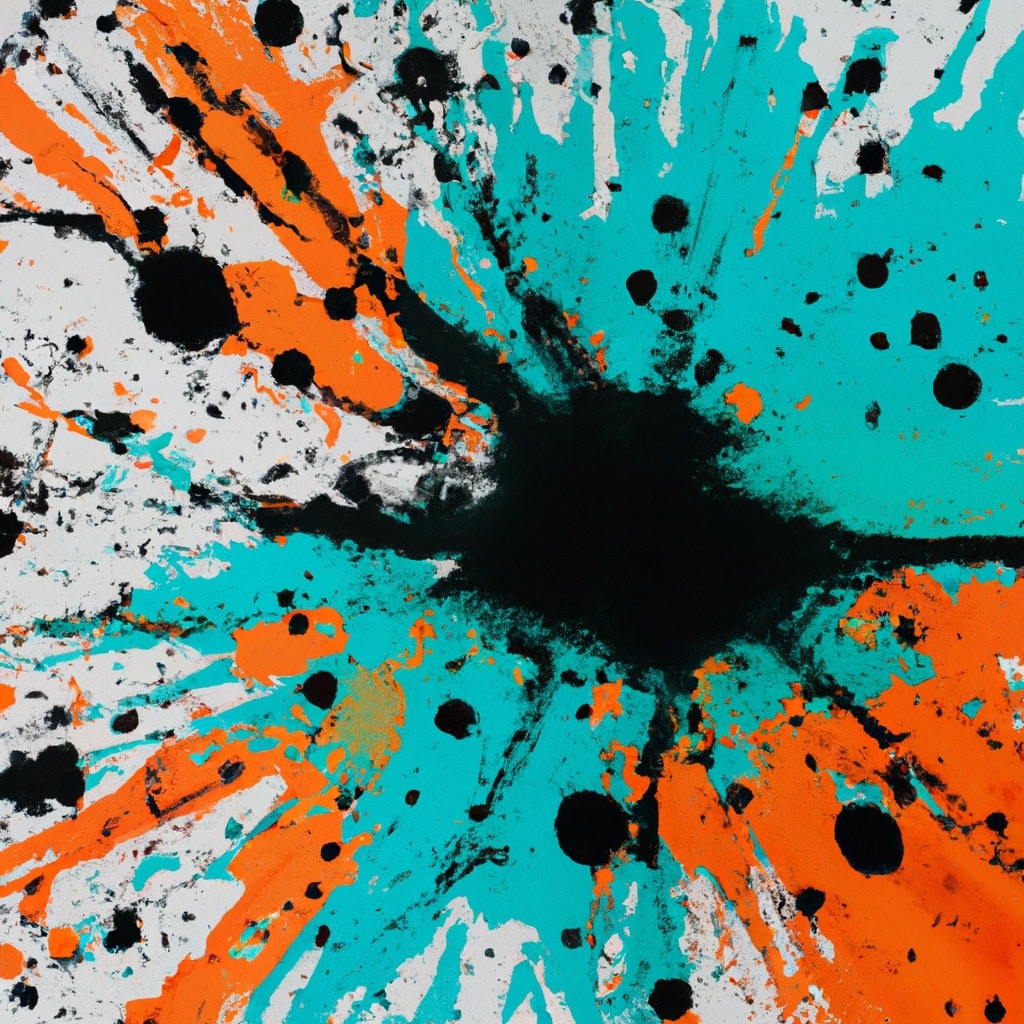
The splatter painting technique is a playful, easy acrylic method for backgrounds. Load a brush with acrylic paint and flick it onto your canvas. You can control the amount of paint to adjust the density of splatters. For added depth, you can layer the splatters with different colors, creating a unique abstract pattern.
Geometric Patterns
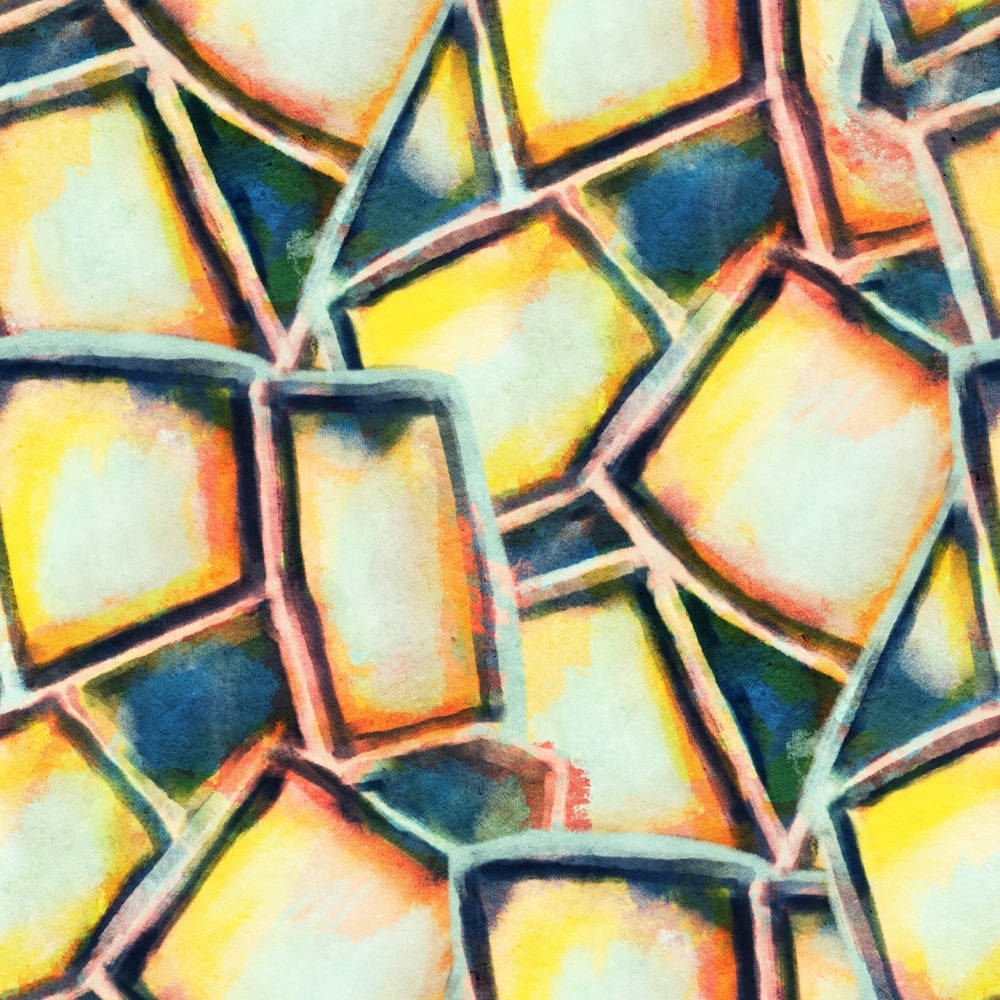
Use masking tape to create straight-line designs before painting over them. Once the paint dries, remove the tape to reveal sharp, geometric patterns. This works well with complementary colors, adding a modern touch to your artwork. Paint simple shapes like circles, triangles, or hexagons in varying shades. Layer them in a structured or random pattern to create visual interest.
Drip Backgrounds
Apply a thick layer of paint at the top of your canvas and use water to encourage it to drip down. This creates an organic background, perfect for surreal or abstract pieces. Try using contrasting colors for a bolder look.
Cloudy or Atmospheric Effects
Swirl a dry, soft brush in circular motions to create a cloud-like effect. Muted colors, like pastel blues, grays, and pinks, can give a sense of tranquility. Use a sponge to create soft, wispy clouds, adding light and shadow for a realistic effect. This technique is ideal for backgrounds with a sky or dreamy atmosphere.
Glitter or Metallic Backgrounds
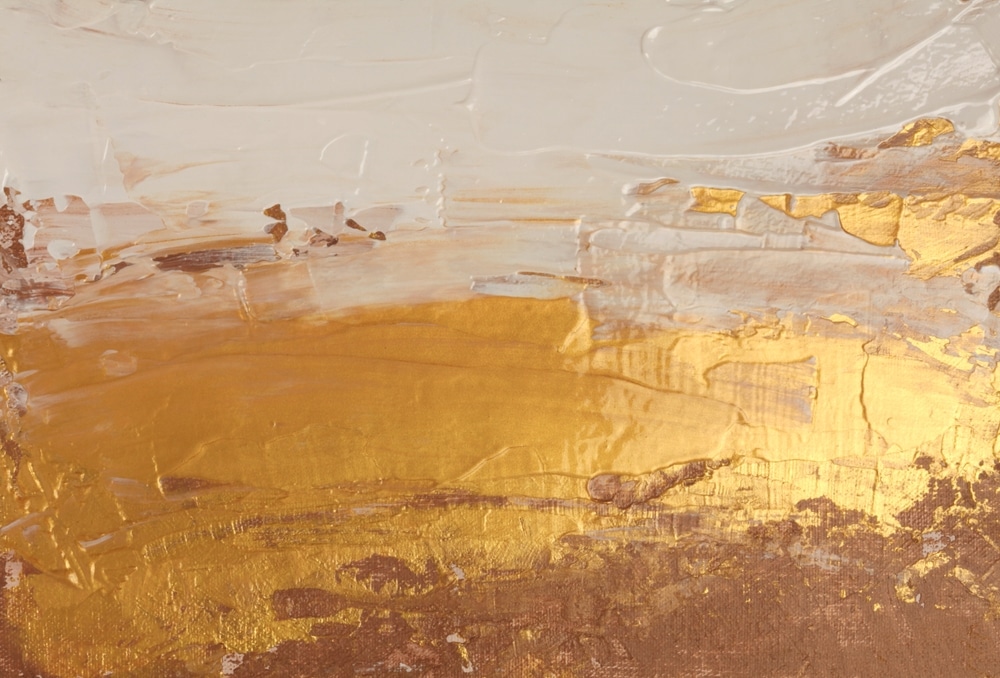
Incorporate metallic acrylics (like gold, silver, or bronze) to add shine and dimension. A metallic background can look stunning under different lighting. For extra sparkle, mix fine glitter with clear gloss or glaze and apply over the painted background. Explore the beautiful acrylic painting ideas to create stunning masterpieces.
Abstract Color Blocking
Divide your canvas into sections and fill each with a different color. This works well for bold, abstract pieces. Play with complementary or contrasting colors to achieve a vibrant background.
Negative Space Background
Mask off an area of the canvas to keep it blank or a different color. Paint around the masked area, creating a focal point for your foreground elements. This technique works well for silhouette or focal point-driven pieces.
Nature-Inspired Textures
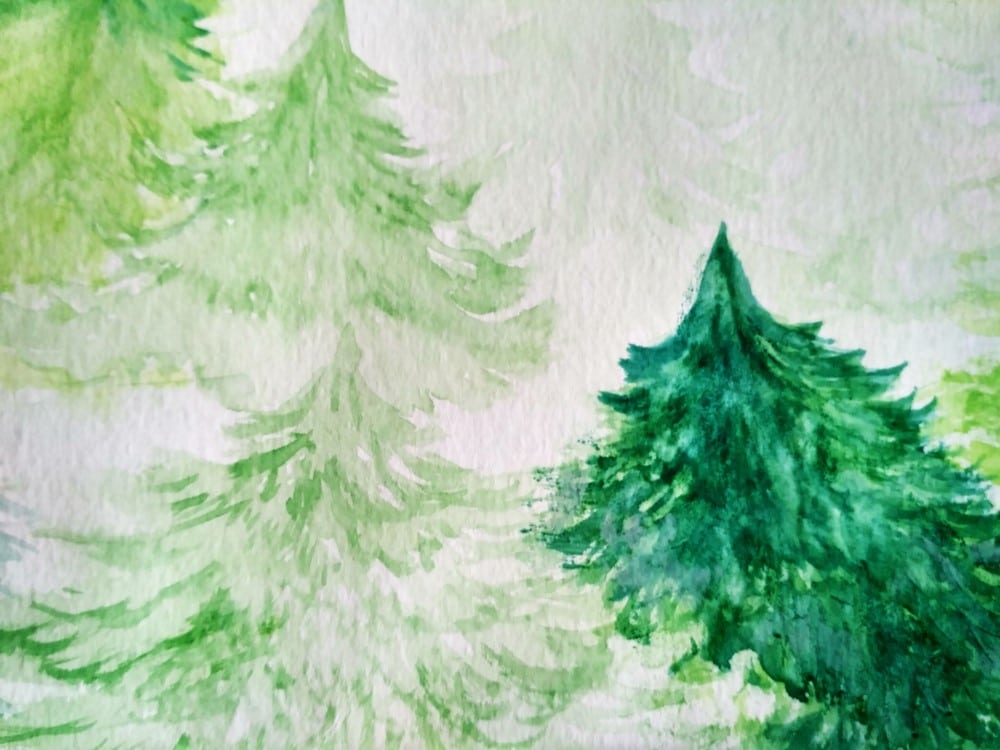
Coat real leaves in acrylic paint and press them onto the canvas. This creates organic, leaf-imprint patterns. Use swirling motions and a mix of similar colors to create a marble-like effect. Grays, whites, and hints of metallic paint work well for a stone-inspired background.
Stenciled Patterns
Use stencils to create intricate patterns across your background. This technique allows for repeated designs, like florals or geometric shapes, to add rhythm and flow to your piece.
Foggy or Hazy Backgrounds
Blend whites, grays, and soft colors using circular motions with a soft, dry brush to create a misty effect. This background adds depth and works well for mystical or enchanted scenes.
Underwater Gradient
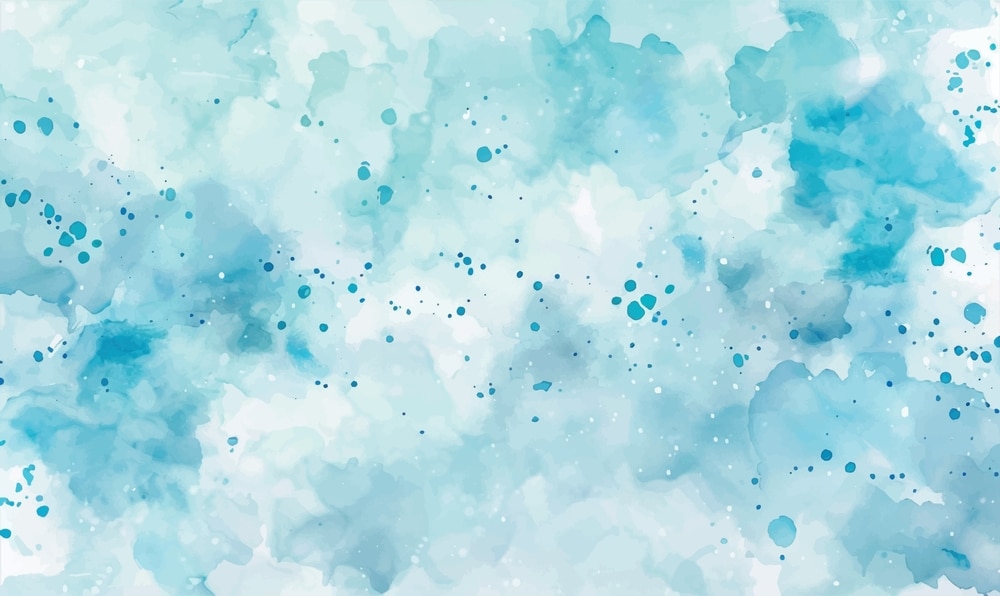
For an oceanic feel, blend dark blue, turquoise, and a hint of green from the top down, lightening the color as you go. Add small white or yellow highlights for bubbles or light reflections.
Muted Color Wash
Dilute your acrylic paint with water to create a light wash over the canvas. This subtle background is ideal for delicate, minimalist compositions.
Conclusion
In conclusion, using different acrylic painting techniques and experimenting with various amounts of paint and layers of paint will open up endless creative possibilities for acrylic painting background ideas. Whether you go for a subtle gradient, a textured sponge effect, or a bold splatter background with acrylics, these ideas are sure to enhance your artwork and make it stand out.

